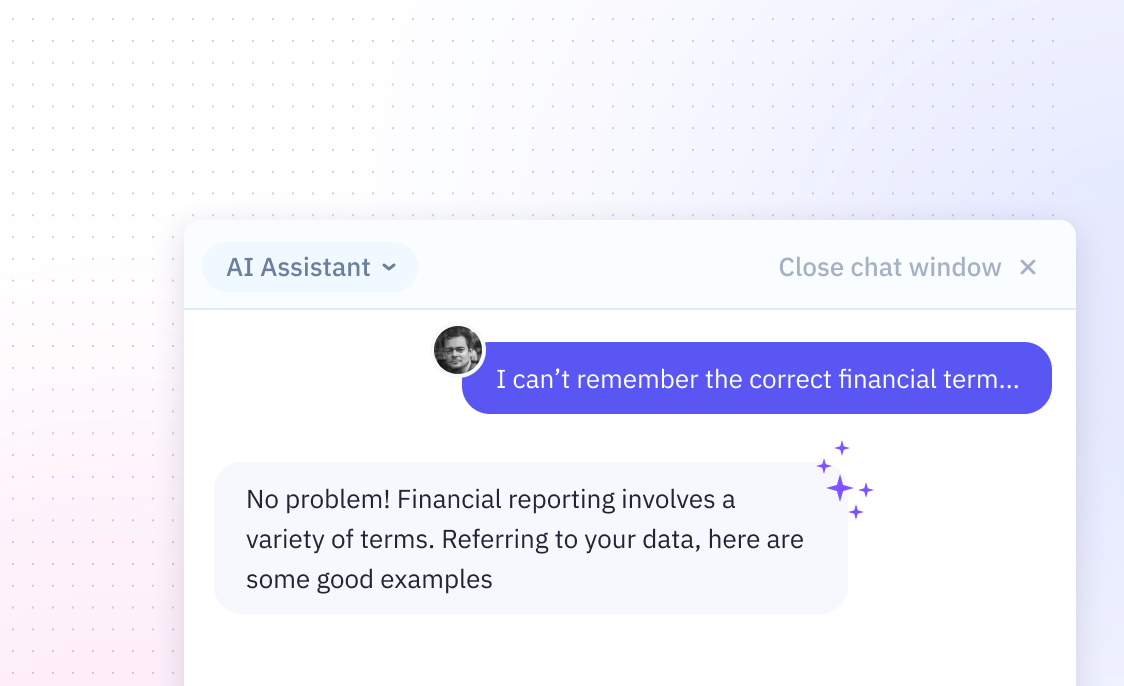
How To Separate Data In Excel Based On Criteria
Introduction
Separating data in Excel based on specific criteria is an essential skill for efficient data management and analysis. This task involves filtering, sorting, and applying conditional formatting to organize datasets according to user-defined parameters.
Understanding the steps to partition data can significantly enhance productivity and data insight. However, the process can be complex and time-consuming, especially for large datasets or intricate criteria.
In the following guide, we will delve into the methods for segregating data in Excel. While Excel requires manual configuration of functions and features, Sourcetable's AI chatbot can instantly analyze your data, create visualizations, and separate information based on any criteria you specify - simply tell it what you want to do and try it out now.
Separate Data in Excel Based on Criteria
Using Text to Columns Feature
Excel versions 2016, 2013, and 2010 offer the ability to separate data into multiple columns with the "Text to Columns" feature. Located in the "Data Tools" group, the "Text to Columns" button initiates the "Convert Text to Columns Wizard". This wizard guides users through the process of selecting a delimiter, such as a comma or tab, to parse column data efficiently. The "Text to Columns" feature allows for data separation directly without the need for cutting and pasting.
Common Use Cases for Data Filtering in Excel
Regional Sales Strategy Development
By sorting sales data by geographic regions, teams can identify market trends and performance patterns specific to each territory. This enables sales managers to develop targeted strategies and allocate resources more effectively.
Product-Specific Customer Feedback Analysis
Filtering customer feedback by product categories allows businesses to understand specific product strengths and weaknesses. This focused approach helps prioritize product improvements and address customer concerns more efficiently.
Monthly Financial Reporting
Separating financial transactions by month enables accurate and organized monthly reporting. This systematic approach simplifies reconciliation processes and helps identify monthly trends in revenue and expenses.
Demographic-Based Market Research
Organizing survey results by demographic segments provides deeper insights into different customer groups' preferences and behaviors. This segmentation allows for more targeted product development and marketing strategies.
Targeted Marketing Campaign Development
Breaking down customer mailing lists based on purchase history enables personalized marketing approaches. This segmentation allows companies to create more relevant and effective marketing campaigns that resonate with specific customer groups.
Excel vs. Sourcetable: The Future of Spreadsheets
While Excel has been the go-to spreadsheet solution for decades, Sourcetable represents a revolutionary shift in how we work with data. As an AI-powered spreadsheet, Sourcetable eliminates the complexity of traditional spreadsheet tools by allowing users to create, analyze, and visualize data through simple conversations with an AI chatbot. Sign up for Sourcetable to experience how AI can answer any spreadsheet question you have.
Simplified Data Analysis
Excel requires manual formula creation and feature navigation, while Sourcetable lets you simply tell its AI chatbot what analysis you need. The AI handles all the complexity, from basic calculations to advanced data processing.
Universal Data Compatibility
Sourcetable accepts data from any source, whether it's massive CSV files, Excel spreadsheets, or direct database connections. Users can analyze datasets of any size without technical limitations or performance issues.
AI-Powered Visualization
Instead of manually creating charts and graphs in Excel, Sourcetable's AI automatically generates stunning visualizations based on your verbal requests. Users can create professional data presentations without any design expertise.
Natural Language Interface
While Excel relies on function knowledge and menu navigation, Sourcetable transforms spreadsheet work into natural conversations. Users can generate sample data, perform complex analyses, and create reports by simply describing what they want.
Frequently Asked Questions
What is the simplest way to filter data based on criteria in Excel?
The FILTER function is the simplest way to filter data, as it uses a Boolean array to filter an array of data. However, ensure your Boolean array matches the height or width of the array you're filtering to avoid errors.
How do I filter data using complex criteria in Excel?
Use the Advanced Filter dialog box by clicking Data > Advanced. Insert at least three blank rows above your list range for criteria, add column labels, and type your criteria below the labels. Then either filter in-place or copy matching data to another location.
How can I split data into separate Excel worksheets based on criteria?
You can split data either manually or automatically. For small datasets, manually create new sheets and copy data. For larger datasets, use VBA Macro Editor or automated tools. Excel doesn't have built-in functions for splitting data.
How do I filter text data using specific string criteria?
Use string expression syntax in the format =''= entry '' where 'entry' is the text you want to find. You can also use character wildcards to find text values that share characters.
In Conclusion
Separating data in Excel requires understanding multiple different methods and formulas. Filtering, sorting, and using functions like FILTER() or INDEX/MATCH all serve different data separation needs.
Modern spreadsheet tools have simplified this process significantly. Sourcetable's AI chatbot eliminates the need to memorize complex formulas or functions. You can simply ask questions in plain English about your data separation needs.
Ready to simplify your spreadsheet workflows? Start using Sourcetable today.






